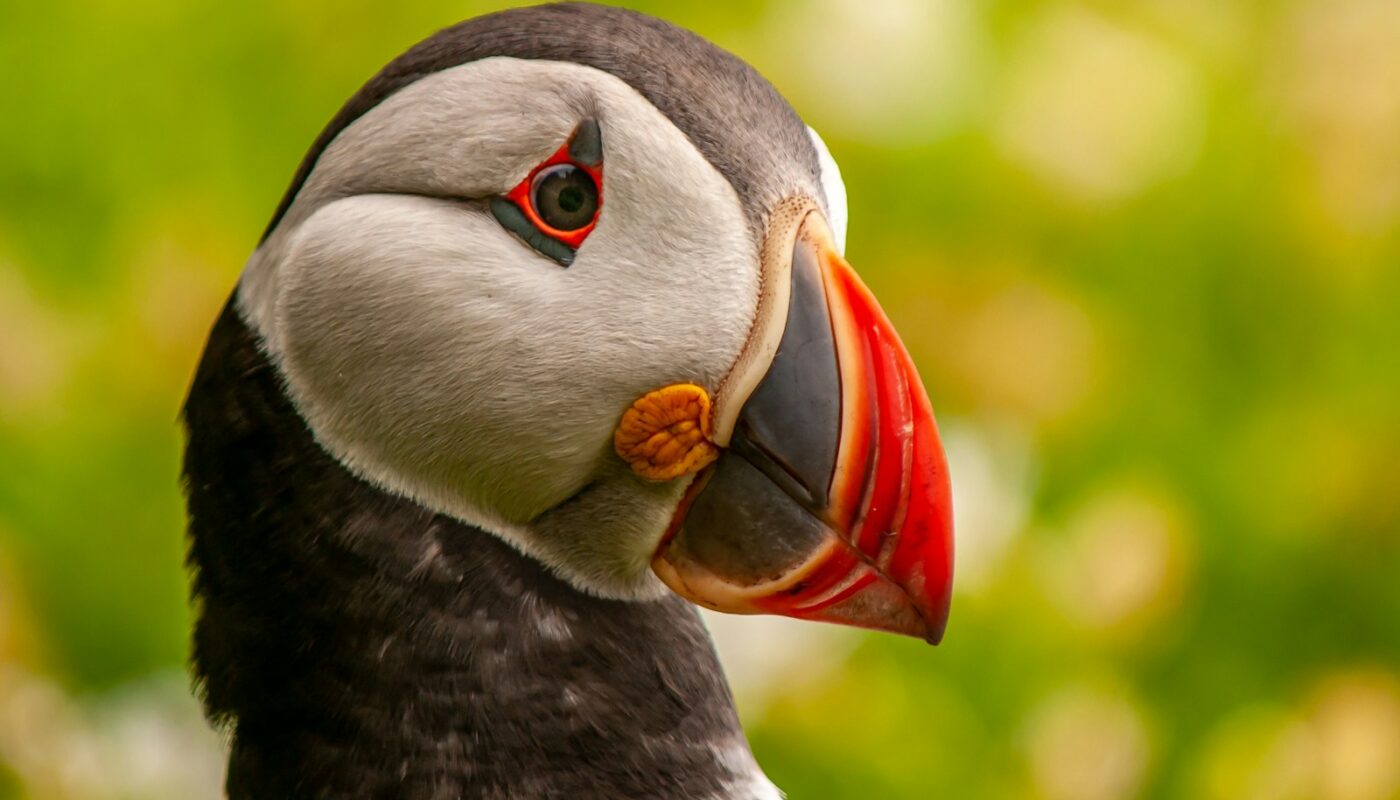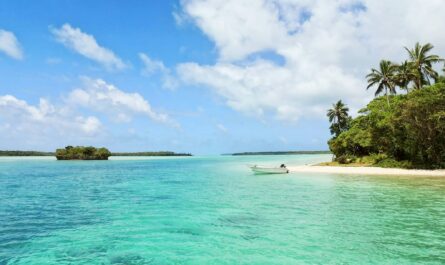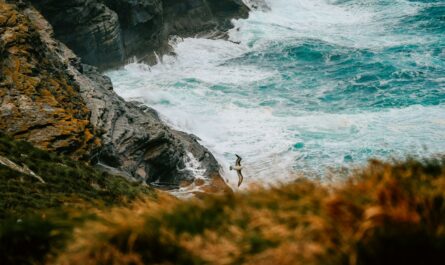The Faroe Islands, an archipelago in the North Atlantic, are renowned for their dramatic cliffs, rugged landscapes, and vibrant marine life. Among the most charismatic inhabitants of these islands is the Atlantic puffin, a seabird whose distinctive appearance and endearing behavior have captured the hearts of locals and visitors alike. However, as climate change accelerates and human pressures increase, the future of the puffin population in this region faces unprecedented challenges. This article explores the current state of puffin conservation in the Faroe Islands, the climate threats they confront, and the multifaceted efforts underway to protect these iconic birds.
A Closer Look at the Puffin Population
Puffins are an integral part of the Faroe Islands’ natural heritage. These small seabirds, known for their colorful beaks and comical gait, nest in burrows along the steep, grassy cliffs of the islands. Their breeding colonies are not only important for the puffins themselves but also serve as indicators of the overall health of the marine ecosystem. Their cyclical breeding patterns and strong site fidelity make them particularly vulnerable to sudden changes in their habitat.
Historically, puffins have been woven into the cultural fabric of the Faroe Islands. Traditional practices involving puffin harvesting were once conducted in a sustainable manner, reflecting a deep-rooted respect for the natural world. Over the decades, however, changes in climate coupled with increasing human activity have placed additional pressure on these populations. Today, conservationists and local authorities work together to ensure that modern practices are balanced with tradition, allowing both the community and the puffins to thrive.
Understanding Puffin Biology and Behavior
Puffins are remarkable birds with several unique adaptations that enable them to survive in harsh, cold environments. They are excellent swimmers, using their wings to ‘fly’ underwater in pursuit of small fish, their primary food source. Their bodies are specially adapted for diving, with dense bones that help them remain submerged and streamlined bodies that reduce drag.
The breeding cycle of puffins is another aspect that makes them particularly sensitive to environmental changes. Puffins typically return to the same breeding sites year after year, forming large, densely populated colonies. This high level of site fidelity means that any disturbance to these nesting areas—whether from severe weather events or human interference—can have a lasting impact on the population. Their reliance on specific prey species, such as sand eels and capelin, further underscores the delicate balance of their ecosystem.
Climate Threats Impacting Puffins
Climate change poses one of the most significant threats to the puffin population in the Faroe Islands. Rising sea temperatures, shifting ocean currents, and increased frequency of severe weather events are all altering the delicate balance of the marine environment upon which puffins depend.
Rising Sea Temperatures and Prey Availability
Puffins primarily feed on small fish that are highly sensitive to changes in sea temperature. As the waters around the Faroe Islands warm, the distribution and abundance of these prey species can change dramatically. Reduced prey availability affects not only the survival of adult puffins but also the feeding and growth of chicks during the critical breeding season. Recent studies indicate that even a slight shift in water temperature can lead to significant changes in local fish populations, thereby disrupting the food chain that puffins rely on.
Ocean Acidification and Ecosystem Disruption
Increased levels of atmospheric carbon dioxide are causing ocean acidification—a process that alters the chemical makeup of seawater and disrupts the growth and survival of many marine organisms. As the foundation of the marine food web, plankton populations are particularly vulnerable to these changes. A decline in plankton can lead to reduced fish stocks, further endangering the puffins’ primary food sources. Researchers are closely monitoring these changes, using advanced oceanographic tools to measure pH levels and assess the broader impacts on the marine ecosystem.
Increased Storm Frequency and Habitat Loss
The Faroe Islands are no strangers to severe weather, but climate change is expected to intensify storm activity in the region. Strong winds, heavier rainfall, and storm surges can erode the cliff habitats that puffins depend on for nesting. This erosion not only reduces the number of available nesting sites but also increases the risk of nest failure and chick mortality during critical breeding periods. In some areas, repeated storm events have already led to observable declines in puffin nesting density, prompting urgent conservation measures.
Conservation Efforts and Strategies
In response to these challenges, a range of conservation strategies have been implemented by government agencies, non-governmental organizations, and local communities. These efforts are aimed at mitigating the direct impacts of climate change while ensuring that the puffin population remains robust for future generations.
Protected Areas and Habitat Management
One of the cornerstone measures of puffin conservation has been the establishment of protected areas along critical breeding sites. Marine and terrestrial reserves have been designated to restrict human activity during sensitive breeding periods, thereby reducing disturbances and allowing natural recovery processes to take place. Through careful management of visitor access and regulation of local fishing practices, conservation authorities aim to minimize human impact on these vital habitats.
Habitat management extends beyond simple protection. Restoration initiatives include reinforcing vulnerable cliff areas with natural materials to prevent further erosion and creating artificial nesting sites that mimic natural conditions. These artificial habitats provide a valuable safety net for puffins during times when natural sites are compromised by extreme weather events.
Monitoring and Research Initiatives
Robust monitoring programs are essential for understanding the dynamics of the puffin population and the broader marine ecosystem. Researchers employ a combination of satellite tracking, on-site observations, and long-term ecological studies to gather data on puffin behavior, breeding success, and foraging patterns. This comprehensive approach enables scientists to detect changes in population trends and respond quickly to emerging threats.
Innovative research projects are also exploring the genetic diversity of puffin populations, aiming to identify traits that might confer resilience to environmental stressors. By understanding the genetic makeup of these birds, conservationists hope to guide future management decisions and potentially develop targeted interventions that support the species’ long-term survival.
Engaging Local Communities
Local communities in the Faroe Islands have a deep cultural connection to puffins, and their involvement in conservation efforts is paramount. Community-led initiatives focus on raising awareness about the challenges faced by puffins and promoting sustainable practices that balance tradition with modern conservation needs. Educational programs in schools, community centers, and through local media aim to foster a sense of stewardship among residents, ensuring that the cultural heritage of the islands is preserved alongside its natural biodiversity.
Collaborative efforts between local fishers, conservationists, and government officials have led to the development of sustainable puffin harvesting practices. These practices are designed to ensure that any traditional use of puffins is carried out in a manner that does not compromise the species’ long-term viability. This approach not only protects the birds but also honors the longstanding cultural traditions of the Faroe Islands.
Policy and International Cooperation
Addressing the challenges posed by climate change requires a coordinated global effort. Puffin conservation in the Faroe Islands is supported by international policy frameworks such as the Convention on Biological Diversity (CBD) and the European Union’s Birds Directive. These policies provide guidelines, funding, and technical support for conservation projects, ensuring that efforts in the Faroe Islands are part of a broader international strategy to protect vulnerable species.
International cooperation is essential for sharing research findings, technological advances, and best practices. Collaborative projects and data-sharing initiatives enable researchers and conservationists from different countries to work together, ensuring that strategies are informed by a diverse range of expertise and experience.
Challenges and the Road Ahead
Despite the robust conservation efforts underway, several challenges remain. The rapid pace of climate change, combined with unpredictable weather patterns, makes long-term planning difficult. Balancing traditional practices with modern conservation requirements sometimes leads to conflicting interests, requiring ongoing dialogue and compromise between stakeholders.
Sustainable funding is another critical issue. While international and governmental grants have provided essential support, there is a continuous need for long-term financial investment to maintain and expand conservation initiatives. As new research uncovers additional threats—such as emerging diseases or further shifts in prey distribution—conservation strategies must be continually updated and refined.
Adaptive management strategies that are flexible and responsive to new data will be key to the future success of puffin conservation. By integrating local knowledge, scientific research, and supportive policy frameworks, conservationists can develop comprehensive plans that address both immediate threats and long-term environmental changes.
The Role of Eco-Tourism and Public Engagement
Eco-tourism has emerged as a powerful tool for promoting conservation. The Faroe Islands have seen a rise in eco-tourism, with visitors eager to experience the unique landscapes and observe puffins in their natural habitat. When managed responsibly, eco-tourism provides economic benefits to local communities and creates incentives for the preservation of natural habitats. Educational tours, guided bird-watching excursions, and interactive exhibits have helped raise global awareness about the importance of puffin conservation.
Public engagement initiatives, such as citizen science programs, allow locals and tourists alike to contribute to data collection and monitoring efforts. These programs not only supplement professional research but also foster a deeper connection between people and the natural world. By involving a broader segment of society in conservation activities, the Faroe Islands are building a resilient network of advocates dedicated to protecting their unique biodiversity.
Future Directions in Puffin Conservation Research
Looking ahead, several innovative research directions hold promise for enhancing puffin conservation efforts. Advances in remote sensing technology, such as high-resolution satellite imagery and drone surveillance, are enabling more precise monitoring of puffin colonies and their habitats. These tools allow researchers to track changes in nesting site conditions and assess the impact of weather events in near real time.
Additionally, further studies into the genetic diversity of puffins could reveal important insights into how these birds adapt to environmental stressors. Understanding the genetic factors that contribute to resilience may inform future conservation strategies, potentially guiding selective breeding or habitat enhancement efforts to bolster vulnerable populations.
Emerging technologies in bio-logging—where miniature sensors are attached to the birds—are also opening new avenues for research. These sensors can record detailed information on puffin movements, diving behavior, and foraging patterns, offering unprecedented insights into how climate variability affects their daily lives. The integration of these data with ecological models will enhance our ability to predict how puffins may respond to future climate scenarios, allowing for more proactive conservation planning.
A Call for Global Awareness and Collective Action
The plight of the puffins in the Faroe Islands is emblematic of broader challenges facing wildlife worldwide in the era of climate change. Protecting these seabirds goes beyond preserving a single species—it is about safeguarding an entire ecosystem that supports biodiversity, sustains local economies, and contributes to the health of our planet.
Global awareness and concerted action are critical. Reducing greenhouse gas emissions, implementing sustainable fishing practices, and protecting critical coastal habitats are steps that the international community must take to create a more stable environment for puffins and countless other species. The collaborative conservation efforts in the Faroe Islands serve as a model of how tradition, science, and policy can intersect to achieve meaningful environmental protection.
Conclusion
Puffin conservation in the Faroe Islands represents a critical intersection of cultural heritage, scientific research, and environmental stewardship. The challenges posed by climate change—from rising sea temperatures and ocean acidification to increased storm frequency—are formidable. Yet, through targeted conservation efforts such as habitat protection, innovative research initiatives, and strong community engagement, there is hope for securing a future for these beloved seabirds.
The ongoing commitment of local communities, supported by national policies and international cooperation, underscores the importance of protecting the natural world amid global environmental change. As new research deepens our understanding of the complex interactions between climate and wildlife, adaptive management strategies will be essential to safeguard puffins for future generations.
By embracing sustainable practices and fostering a shared responsibility to protect our environment, we can ensure that the puffins of the Faroe Islands continue to enchant and inspire. Their survival is not only a testament to the resilience of nature but also a reminder of our collective duty to act decisively in the face of climate threats.



